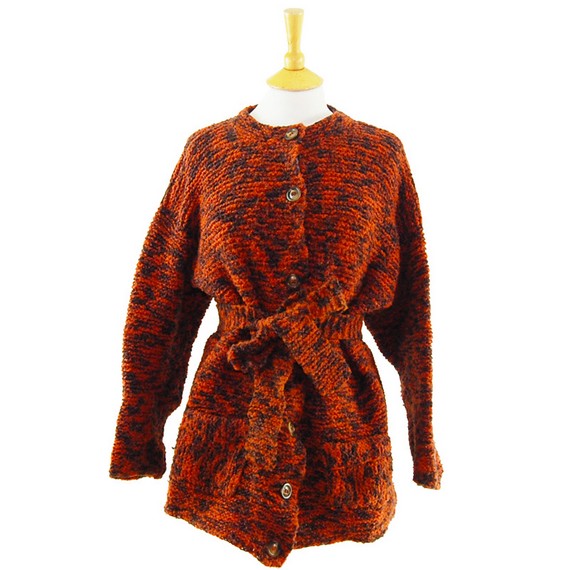1909 womens fashions
February 4, 2016The Ballet Russe is mentioned so often when talking about the fashions of the early 20th century. It inspired colourful and exciting outfits by top couturiers which delighted the people of Edwardian England, and those clothes have been referenced by designers ever since. 1909 womens fashions were worn more than 100 years ago, but if the designs that Leon Bakst made for the Ballet Russe’s production of Cleopatra were created for a catwalk show of Spring Summer 2016 they would probably have the tabloids in a frenzy of happy outrage.
1909 – The Ballet Russe
Everything about the Ballet Russe, a dance company launched in Paris on 19 May 1909 by Serge Diaghilev, was new and different – from the choreography, where dancers didn’t dance in the classical ballet style but sometimes stiffly or sideways in lines like a greek frieze come to awkward life, to the music, which included dissonant compositions by the now-famous composer Igor Stravinsky, to of course the costumes, designed by Leon Bakst with a lot of inspiration from the rich embroideries and sumptuous colours of his Russian homeland.
This was Cleopatra’s Egypt seen through the lens of Russian peasantry, where swirling skirts, shawls and headscarves in bold patterns in traditional Russian shades of red and blue were mixed with semi-nudity and ideas of Egyptian eyeliner, bobbed wigs and sandals.
The company grew in fame until many already famous fashion designers in 1909 womens fashions and artists created costumes and set designs for it – Picasso, Matisse, Chanel and Braque among them.
But just because something is radically different from the norm doesn’t mean that the public at large immediately hails its genius and collectively clasps it to its bosom. In fact, of course, as anyone involved in the arts can attest, often radical ideas are just dismissed as weird, the production doesn’t sell tickets, and everyone involved regretfully goes off to work on more commercial ventures.
1909 womens fashions – exotic influences
So what was different in this case? Well, Paris at the turn of the century was particularly receptive of, and encouraging to, new ideas in the arts – it was the time of the Avant Garde. Picasso and Braque were exploring cubism, and artists regularly met in cafes and visited each other’s studios to compare notes. Artists were interested in influences from overseas, though the great swell of curiosity and excitement about Japan from about 30 years ago was dying down by then, and the public were ready for something equally exotic, but different.
As well as this, the city was in a relatively prosperous economic stage, (just before the First World War) and there was money to be made from 1909 womens fashions, theatre and dance in a time when these weren’t diversions for just the upper class or the educated, as they are today. Film was in its infancy and telly, of course, didn’t exist.
Vaslav Nijinsky was the principal dancer of Ballet Russe and that beautiful man was truly one of the most stunning dancers in history, one who will probably remain a household name for a very long time. He was both technically gifted, highly trained in classical ballet (at the Imperial Russian Ballet) and artistic, too. It was said that anyone seeing him perform never forgot it.
1909 womens fashions – great promotion
But as well as this, the success didn’t happen by accident or just by virtue of the skills that went into it. The Ballet Russe had been heavily promoted even before its debut in and around Paris by Sergei Diaghilev, who promised something new, exciting and exotic. And though it was a critical triumph, Diaghilev lost 76,000 francs (over £350,000 today) on his first production. But he persevered. Although he had gathered a top team around him, he always kept a tight control over the overall vision as well as any business decisions.
The company remained immensely popular until about 1929 when its freshness started to wane. Its dance repertoire is still endlessly performed, especially “The Rite of Spring”, and its influence continues in the world of art and fashion design.





